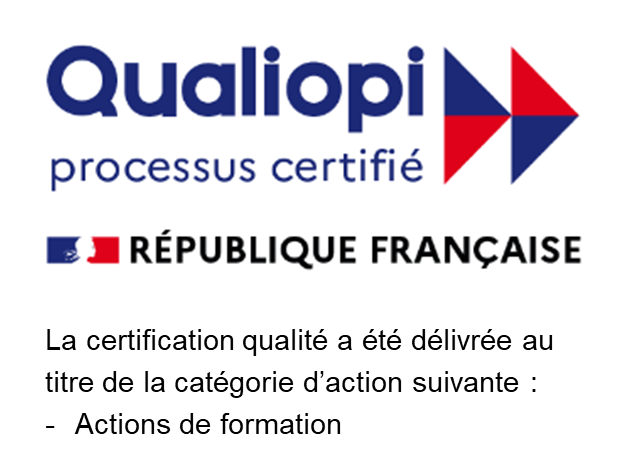When Outsourcing Creates Internal Friction

When organizations outsource business functions to another country—whether it’s accounting, customer service, or tech support—they’re often hoping for a streamlined, cost-effective solution. But when intercultural differences aren’t factored into the strategy, the shift often results in the exact opposite: misaligned expectations, breakdowns in communication, and friction across internal teams. Time is lost, along with trust, satisfaction ratings, and even clients. Too often, stakeholders don’t even know why.
When internal teams find themselves working across cultures, misunderstandings are common. The definition of “good service” in one country may feel intrusive or inadequate in another. Perceptions of hierarchy and respect vary widely, leading to unintentional offenses. And communication styles are so nuanced that even simple messages can be misread—causing delays, confusion, and strained relationships. Internally, employee engagement and productivity suffer. Clients may notice the shift too—especially in customer-facing functions.
Intercultural agility is the solution.
The Role of Cultural Agility in Effective Outsourcing
Cultural differences don’t just shape how people speak—they influence how people listen, lead, collaborate, and define success. From communication styles and perceptions of professionalism to standards of quality and feedback norms, these differences are deeply embedded in how teams operate day to day.
When companies outsource business functions across borders, even the most carefully planned partnerships can falter without intercultural understanding. And when business continuity suffers, it’s rarely due to a lack of skill—it’s usually a lack of shared context.
Intercultural training helps to bridge these gaps. It equips teams with the awareness, language, and agility needed to collaborate across cultures with clarity and respect. More than a soft skill, it’s a strategic tool for building resilient, high-performing teams that thrive in a global environment.
Top Intercultural Challenges in Outsourcing
We’ve identified four top challenges that companies face when outsourcing business functions across cultures; each has the potential to disrupt collaboration, performance, and client satisfaction.
List of services
-
1. Effective CommunicationList Item 1
According to NetExpat survey data, 65% of team members and 63% of leaders identified communication as the top challenge in cross-cultural outsourcing.¹ Differences in direct versus indirect communication styles, and the contrast between high-context cultures (where meaning is often implied) and low-context cultures (where clarity is explicit), frequently lead to misunderstandings. These disconnects can cause delays, frustration, and breakdowns in collaboration—especially when teams assume they’re aligned but aren’t. The business case for intercultural communication training becomes clear when considering the many ways businesses are negatively impacted without it.
-
2. Trust BuildingList Item 2
Trust doesn’t form the same way across cultures. In some regions, transparency and informality build rapport; in others, hierarchy and formality are the key. When outsourced teams operate remotely, these differences can quietly erode trust unless intentionally addressed. Without shared norms around relationship-building, teams may hesitate to escalate issues, share feedback, or take initiative—undermining performance and cohesion.
-
3. Team Collaboration Across CulturesList Item 3
Collaboration styles vary widely across cultures, and virtual environments tend to amplify those differences. Some teams prioritize consensus and harmony; others value speed and individual ownership. These contrasting approaches to decision-making, conflict resolution, and initiative can create friction—especially when expectations aren’t made explicit and training isn’t provided to support adaptation.
-
4. Feedback and Leadership StylesList Item 4
What’s considered constructive feedback in one culture may be perceived as harsh or disrespectful in another. Public criticism, for example, can cause loss of face in some cultures, while others expect direct and candid input. Similarly, mistakes may go unreported if shame or fear outweigh psychological safety. Leaders need to be culturally agile to navigate these nuances and foster environments where feedback leads to growth—not disengagement.
The Ripple Effect Across Departments
Outsourcing one function affects others. When a customer-facing or operational team is moved offshore, the departments that depend on it—sales, marketing, product, HR—end up having to recalibrate how they communicate, collaborate, and deliver. When they don't, resulting shifts happen quietly at first, reshaping internal dynamics and external experiences in ways that aren’t immediately visible. Over time, even small cultural misalignments can distort workflows, dilute brand voice, and create disconnects that ripple across the organization.
What Companies Can Do
While cultural challenges in outsourcing are common, they’re also addressable. Here are three key actions companies can take to build more resilient, culturally fluent teams:
Outsourcing Without Cultural Alignment: A Risk You Can’t Afford
Outsourcing may solve operational challenges, but without intercultural training, it can quietly introduce new ones—miscommunication, mistrust, and misalignment that ripple across departments and impact clients. These aren’t just interpersonal hiccups; they’re strategic vulnerabilities. Companies that invest in intercultural training aren’t just smoothing workflows; they’re safeguarding continuity, strengthening collaboration, and building strong business practices across borders.
By investing in cultural alignment, businesses can protect continuity and strengthen collaboration across borders. Connect with your NetExpat representative or email us at info@netexpat.com to start the conversation.
Share this post

















